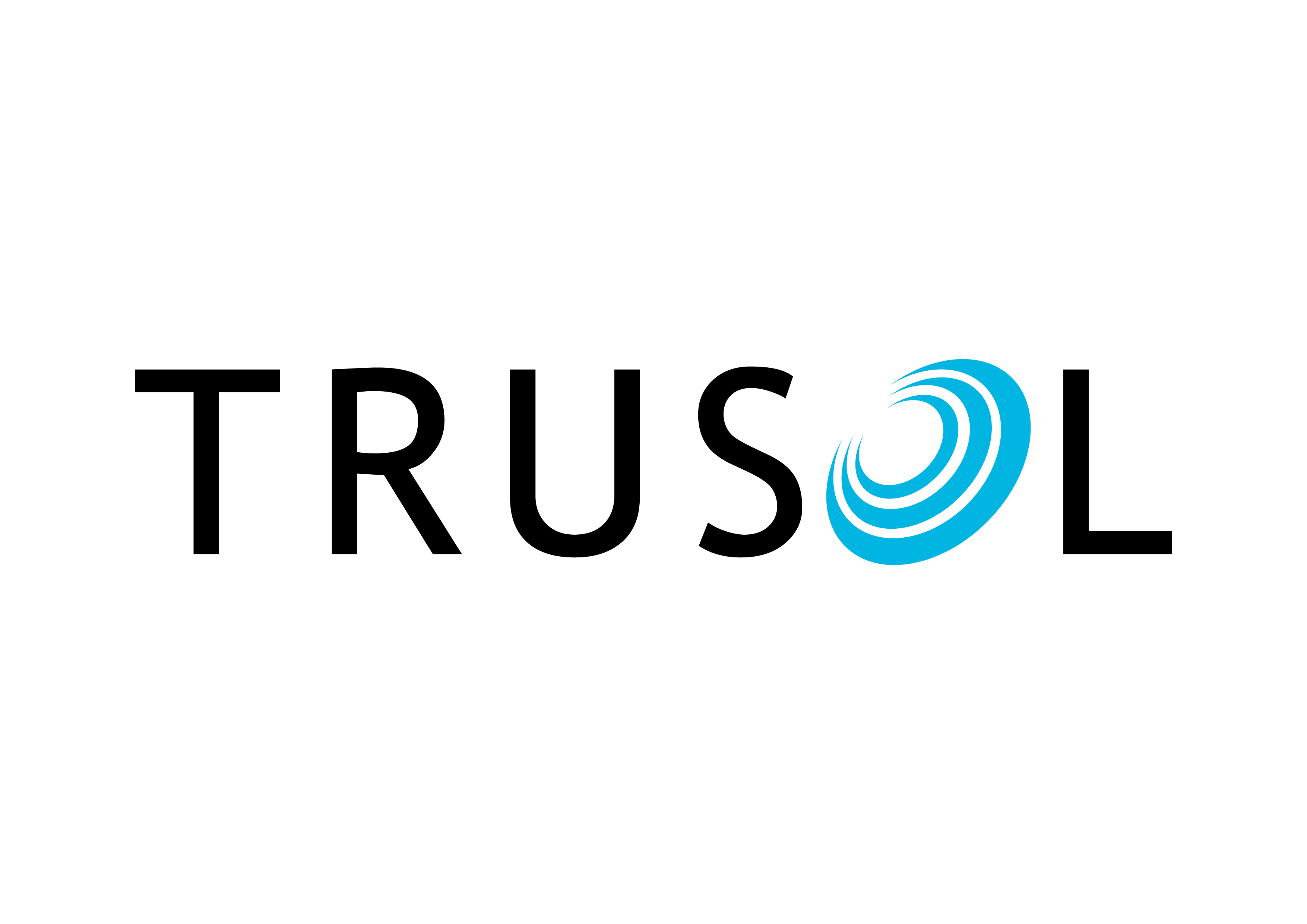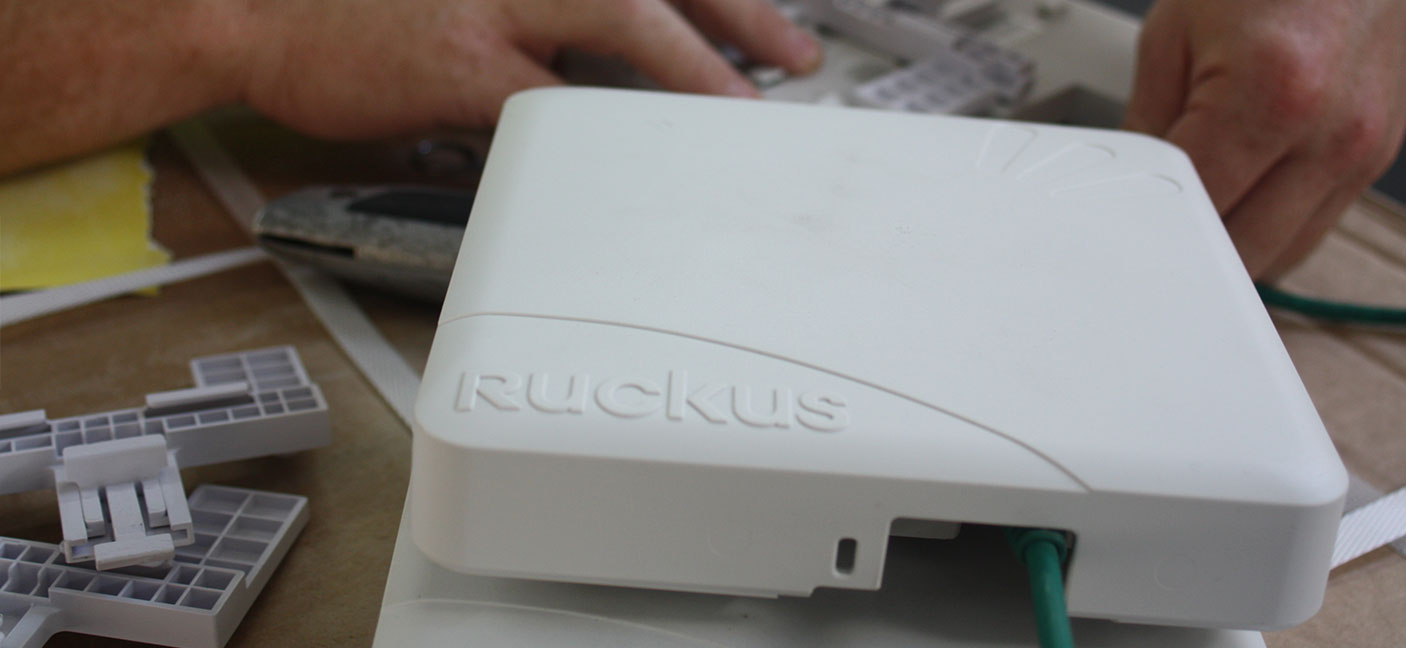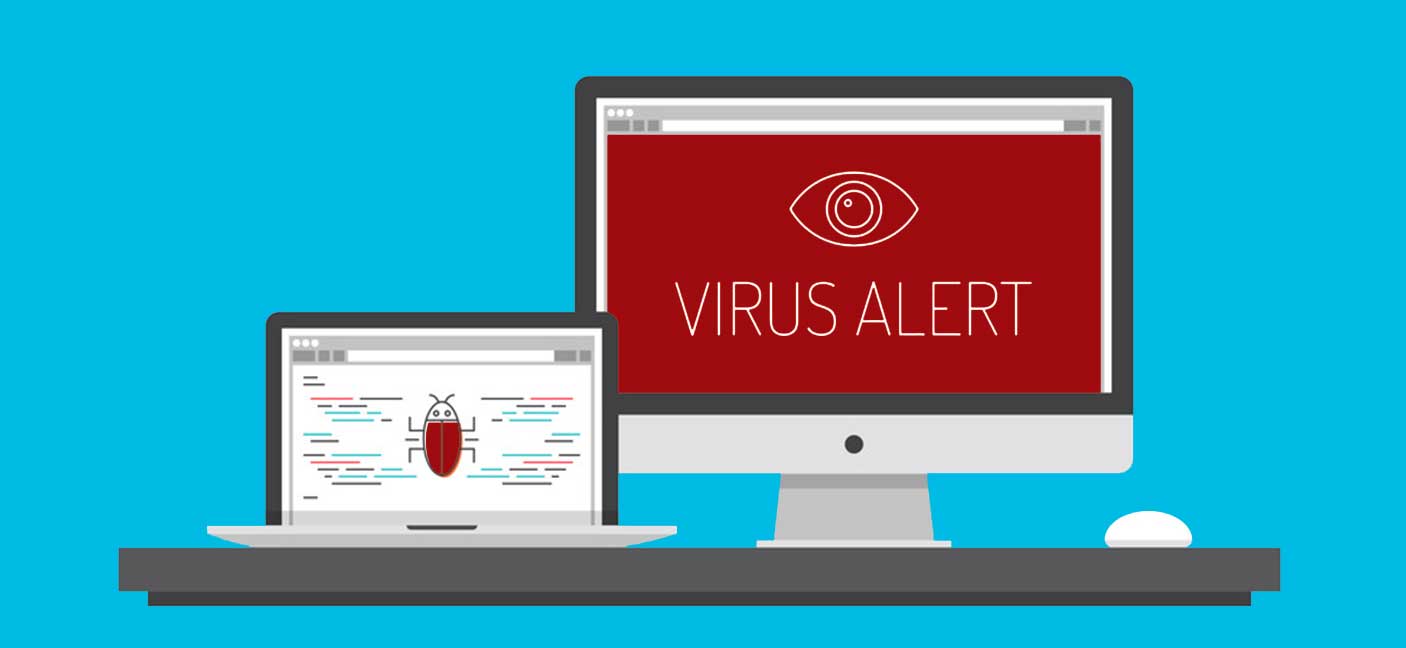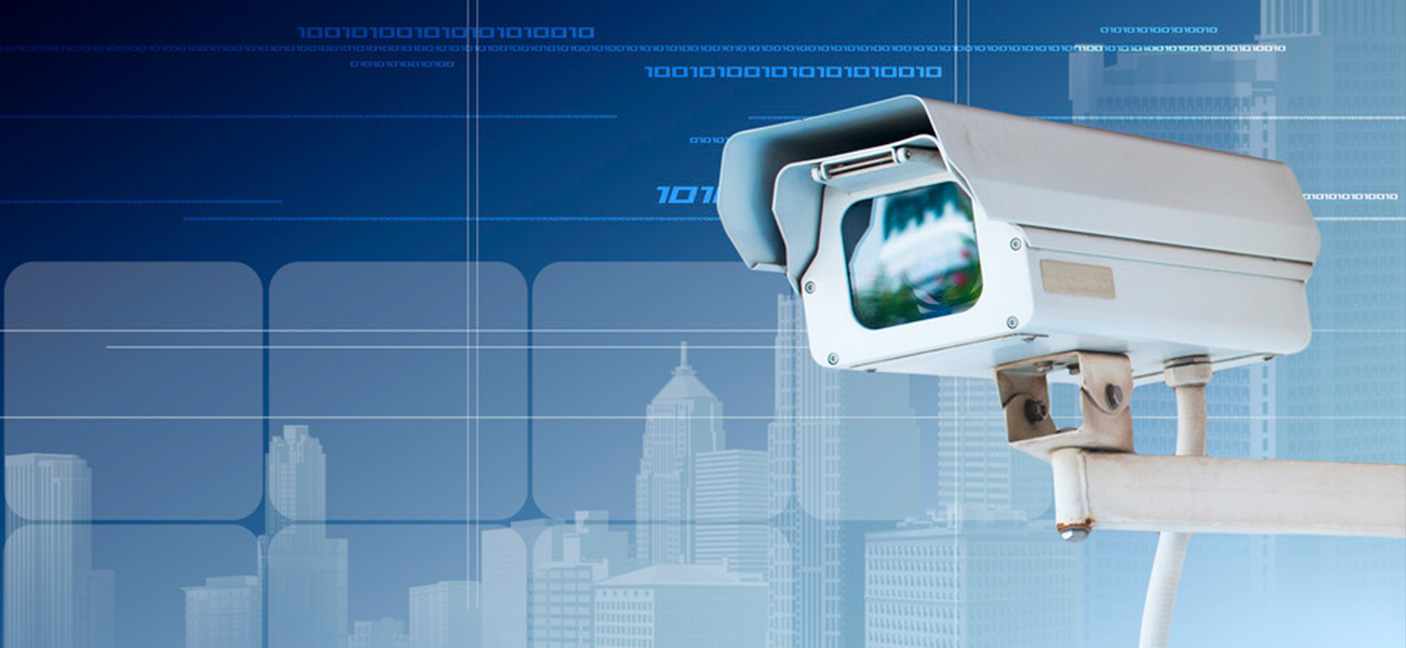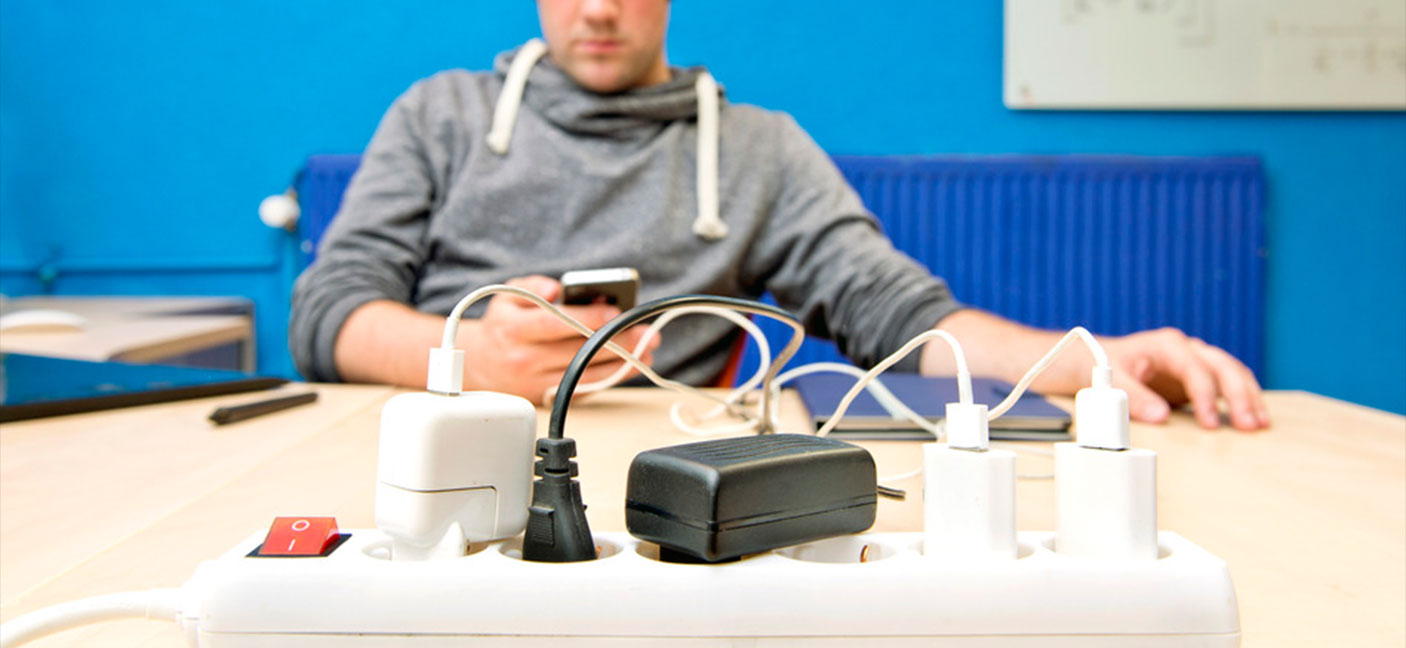21 Nov Why more schools are switching to a cloud-based MIS
With more schools than ever predicted to move to a cloud-based MIS this year, we talked to our MD, Neil Goodhead, about why he made the decision to add this service to our education solution portfolio.
What was the catalyst for adding a cloud-based MIS solution to the Trusol service offering?
It’s been an incredibly challenging year for schools trying to navigate DofE guidance amidst the current pandemic, and it’s just adding to the ever-increasing workload for teachers. Grappling with out-of-date systems and software is just another unnecessary element putting pressure on the education community.
We want to support schools with more intelligent IT systems to help them cope with the constant demands of daily school life, worsened recently by Covid-19.
Aside from the obvious increase in admin that the pandemic is creating, what other reasons are driving schools to switch from traditional server-based systems?
Covid-19 working restrictions have driven the need for anywhere learning, meaning the need for cloud-based MIS has never been stronger. A cloud-based MIS is designed to make a real difference to the way you work.
It can provide quick access to a wide variety of data and help battle the overload of information, process and procedures required to be carried out by teachers on a daily basis. It also provides teachers with access to information they need wherever they are working from, enabling schools to pivot and stay flexible.
Potential cost savings are also compelling schools to move. On average, you can make a 30% saving on your total system costs by switching to Arbor. Not to mention the savings created by freeing up staff time.
How are you planning on delivering this service to schools alongside Trusol’s existing range of IT support services?
We have always worked to provide an extensive IT support service to our schools, where they trust in our ability to support them with the best solutions to suit their requirements. Historically, we have worked with licensed partners to deliver the MIS support, and SIMS has been our partner of choice for many years. We started to assess the available options for cloud-based systems last year as the SIMS product was just not being delivered fast enough.
We identified Arbor as the strongest contender with its all-encompassing management information system which eliminates the need for extra 3rd party products such as student dining, target tracker, school cash office and parent mail. It also offers schools a cost-effective migration away from SIMS to a cloud-based platform.
Given the traction we have seen, with over 1,000 schools currently using Arbor MIS, and around 1,800 schools looking to make the switch following the recent periods of lockdown, we made the decision to partner with Arbor to deliver this service.
What value does Trusol add to the switch over process?
If schools are looking to switch to a cloud-based system, we will begin with a consultation process to ascertain whether this solution is right for them. We can then ensure the effective and enhanced use of Arbor to give schools peace of mind that their funding is correct and Ofsted data is ready.
The Trusol team are accredited Arbor engineers and have completed comprehensive training on every aspect of Arbor, so expert support is on hand for your team whenever they need it.
Beth Mokrini, Partnership Manager at Arbor, said about our partnership: “We’re delighted to welcome the Trusol team to the Arbor partner network. We look forward to working together to help schools move to a modern, cloud based MIS, with the support of an expert local support team.”
How has Arbor helped other schools?
Above all, it has saved them precious time and allowed them to focus on teaching. Below are just some of the things schools say about Arbor MIS, which all speak volumes for the benefits it brings…
“If I were talking to a school thinking about moving to Arbor, the one thing I would tell them is just do it.”
Ruth Davies – IT Manager at St James’ CofE Primary School
“We chose Arbor as the MIS for all our schools as we knew we wanted to have a cloud-based product. This was important for our Trust as our schools cover a wide geographical area. We can access all of our data and information wherever we are, whenever we need it.”
Mark Greatrex – Chief Executive at Bellevue Place Education Trust
“Arbor has been a revelation since we took it on. It’s easy to use, and when we do have issues Arbor has found solutions every time.”
Jason O’Rourke – Headteacher at Washingborough Academy
“Arbor’s simple interface is easy to use, and we love the MAT reporting tool – the ability to see MAT data in one place without having to contact all schools individually has saved us so much time.”
Lisa Sarikaya – Deputy Chief Executive Officer of Operations at St Bart’s Multi-Academy Trust
“Our old MIS was outdated and not particularly user friendly. We found Arbor to be far more intuitive, and easy to use. The price point was a big draw too; a far more effective use of money.”
Alan Pike – Data Manager and Teacher at Glenmoor & Winton Academies
“Arbor MIS really is a one stop shop… all the information is in one place. You can open up a pupil profile and everything you need to know about that child is there in front of you.”
Patricia Beechey – Oatlands School Headteacher
Take a look at our case study on how The Park Academies Trust has benefited from Arbor since making the switch earlier this year. For academies in particular, aligning all schools on the same system and centralising all data is invaluable. They can also benefit from the dedicated MAT tools, without having to contact each school separately.
Do you offer a demo of Arbor MIS?
Yes – our team can offer a free demo of Arbor. We’ll talk you through the features and benefits of the system, discuss your frustrations with your current system and your requirements going forward, and answer any questions you might have.
To find out more about switching to Arbor with the Trusol MIS team, contact us by email at info@trusol.com, call us on 03456 121 222 or complete our form to get in touch here.

